The 5 Best (& 5 Worst) '70s Horror Movies | ScreenRant
The 1970s brought some of the greatest horror movies of all time. As the “New Hollywood” movement took over the industry, movies in general were becoming darker and grittier, with a rebellious, staunchly anti-establishment point of view. It didn’t take long for this nihilism to bleed into the horror genre.
George A. Romero solidified his creation of the zombie genre with Dawn of the Dead, Richard Donner gave a face and name to the Antichrist in The Omen, and Brian De Palma terrified moviegoers with his big-screen adaptation of Stephen King’s debut novel Carrie. So, here are the five best and five worst horror movies from the ‘70s.
10 Best: Alien (1979)
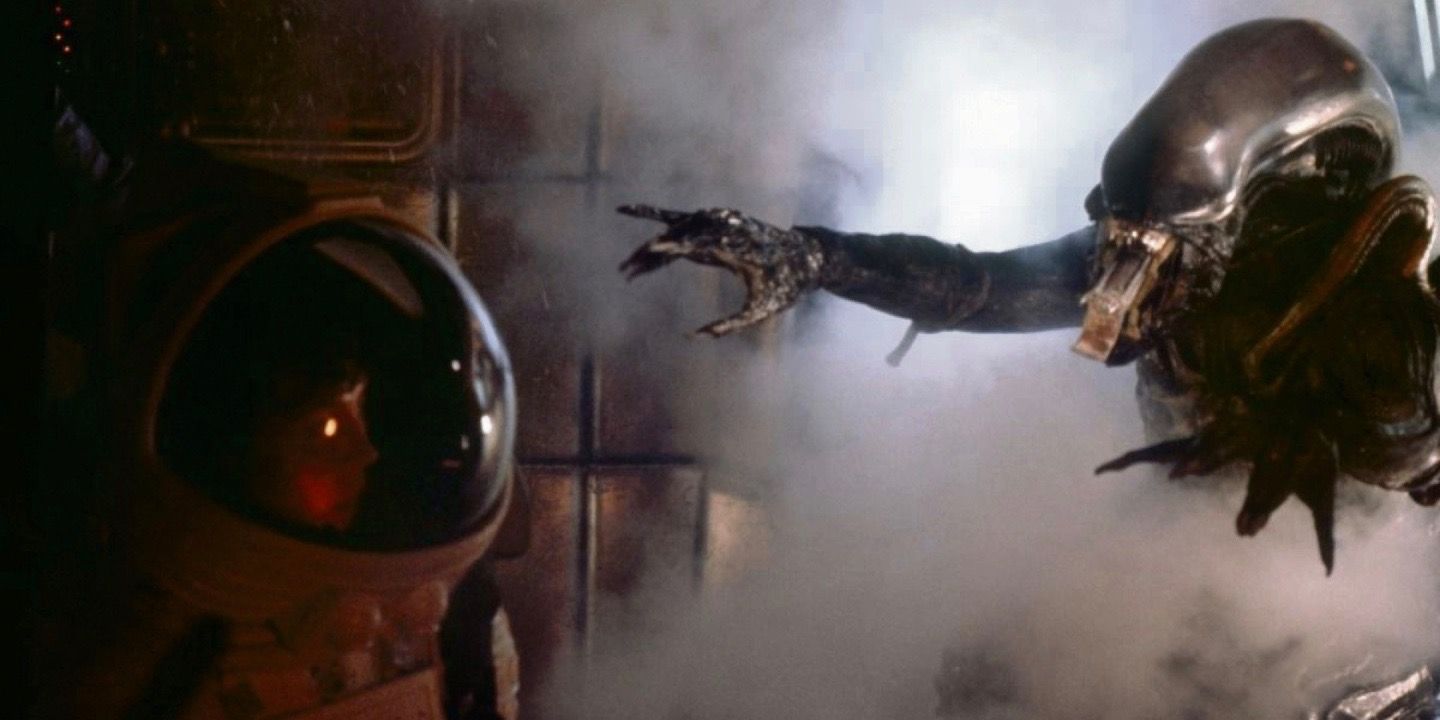
When Ridley Scott was hired to direct Alien, he could’ve easily phoned in a schlocky, half-baked haunted house movie set in space, designed to cash in on the sci-fi craze that followed the success of Star Wars. But Scott went above and beyond with a perfectly paced Hitchcockian thriller that slowly builds to a terrifying midpoint twist, then holds that intense atmosphere for the rest of the movie.
Sigourney Weaver’s portrayal of Ellen Ripley revolutionized the female action hero, while H.R. Giger’s haunting designs beautifully distorted the familiar human form.
9 Worst: Exorcist II: The Heretic (1977)
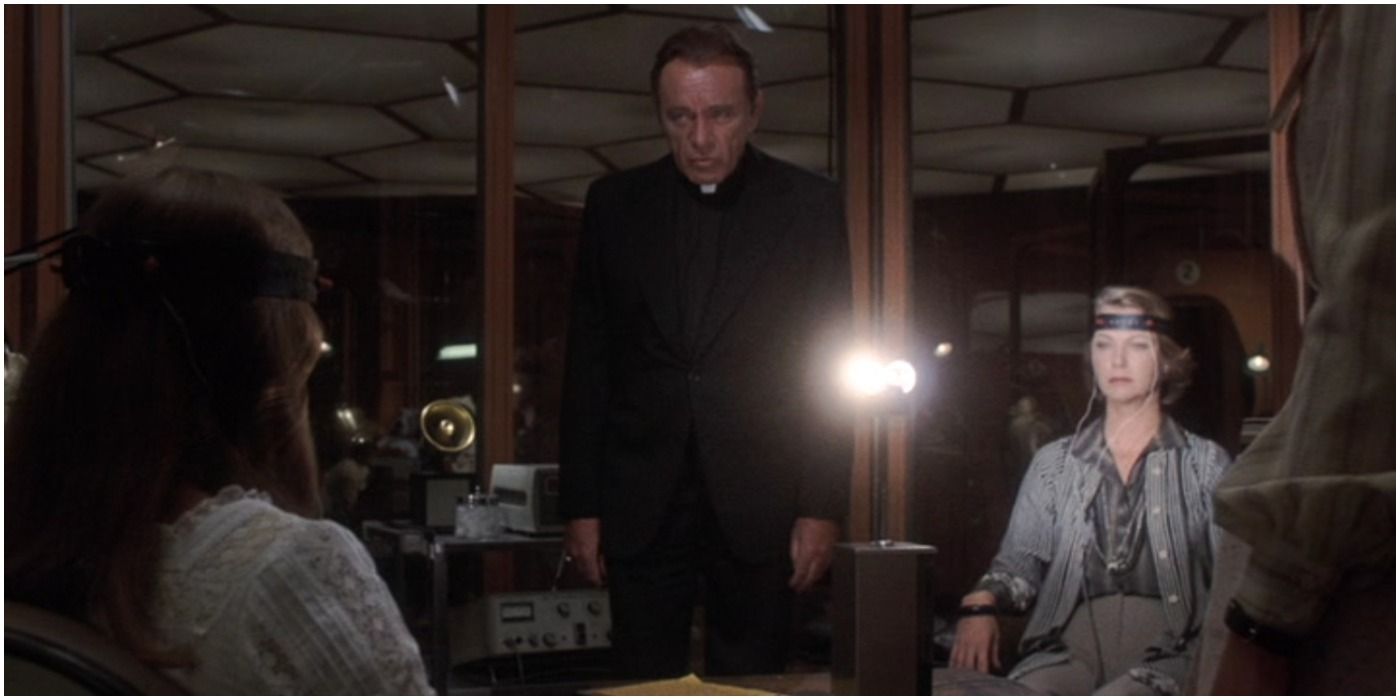
As with any sequel that no one involved in the making of the original was interested in doing, Exorcist II: The Heretic is a pretty obvious cash-grab with nothing inventive or fresh to add to the story.
William Friedkin and William Peter Blatty managed to dodge this bullet, but cast members like Linda Blair and Max von Sydow were sadly dragged back into the proceedings.
8 Best: Halloween (1978)
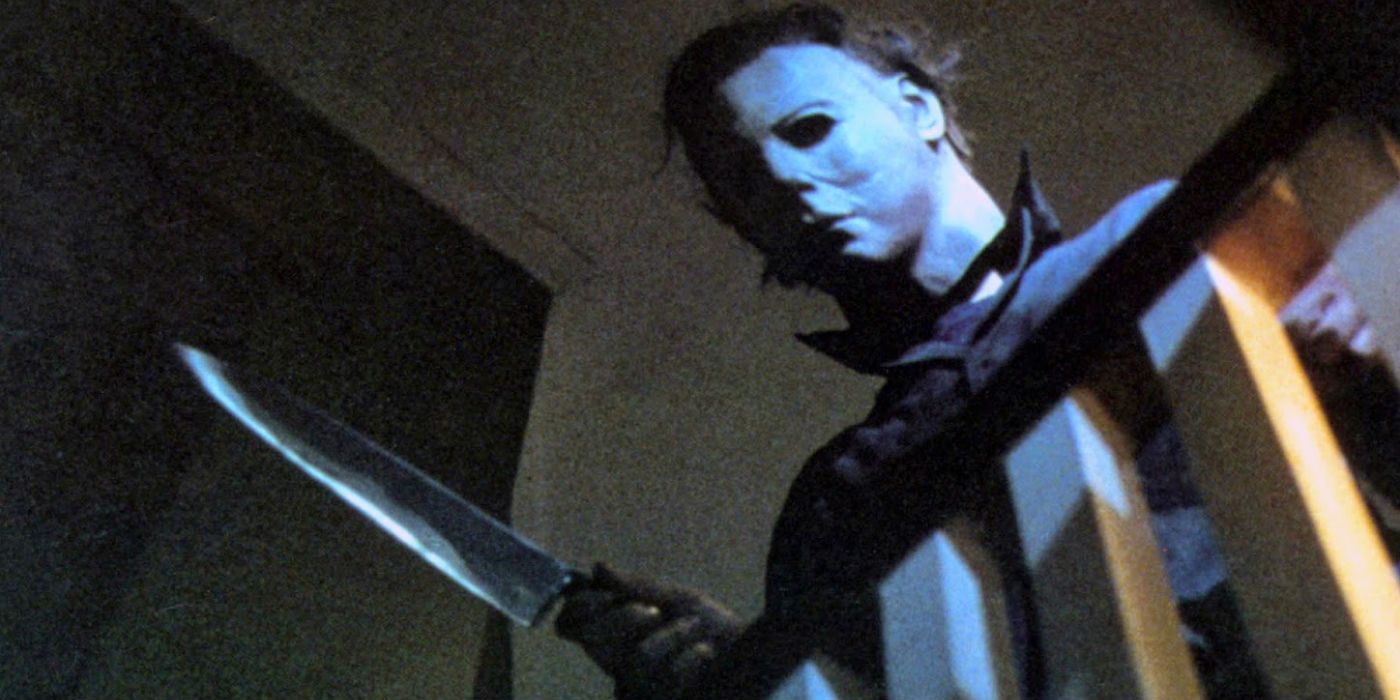
Slashers follow a pretty rigid story structure, and John Carpenter’s Halloween perfected that structure. Usually, movies that created clichés (from Lethal Weapon to National Lampoon’s Vacation) don’t age well because they seem clichéd in hindsight.
But Halloween is just as terrifying today as it was in 1978. Carpenter reveals just enough about Michael Myers to make him an intriguing and somewhat sympathetic character, without revealing so much that he ceases to be a chilling on-screen presence.
7 Worst: Snuff (1976)

Marketed as if it was an actual snuff film, Snuff follows a cult leader’s obsession with an actress to ludicrous lengths. This is low-budget splatter cinema at its absolute worst.
This movie’s main notable accomplishment is popularizing urban legends about snuff films, but that’s hardly a noble artistic achievement.
6 Best: The Texas Chain Saw Massacre (1974)
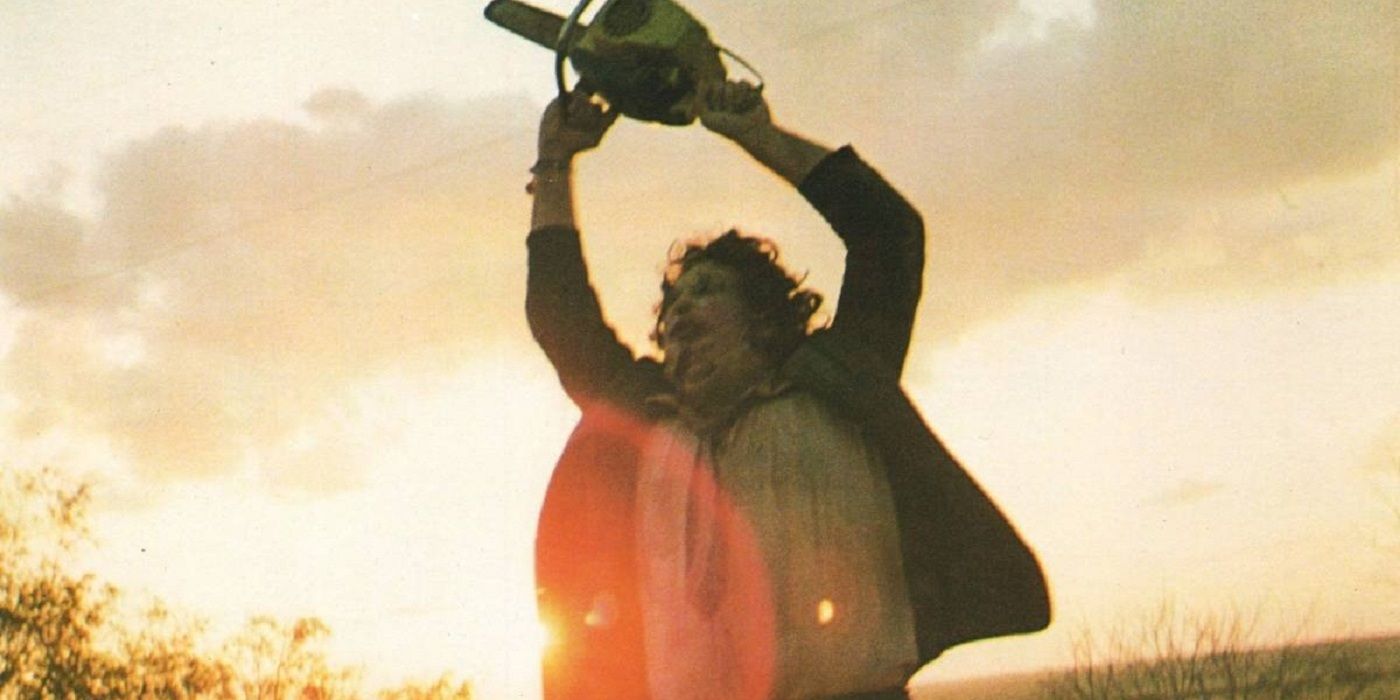
The franchise that spawned from Tobe Hooper’s The Texas Chain Saw Massacre has been defined by its excessive gore, but the original is surprisingly bloodless. Instead of relying on bloodshed for scares, Hooper’s film expertly uses tension and less-is-more cinematography to create an overriding sense of dread.
All kinds of symbolism has been read into The Texas Chain Saw Massacre’s deceptively simplistic storytelling. It’s been perceived as everything from a discussion of violence against women to an allegory for animal rights.
5 Worst: Damien: Omen II (1978)
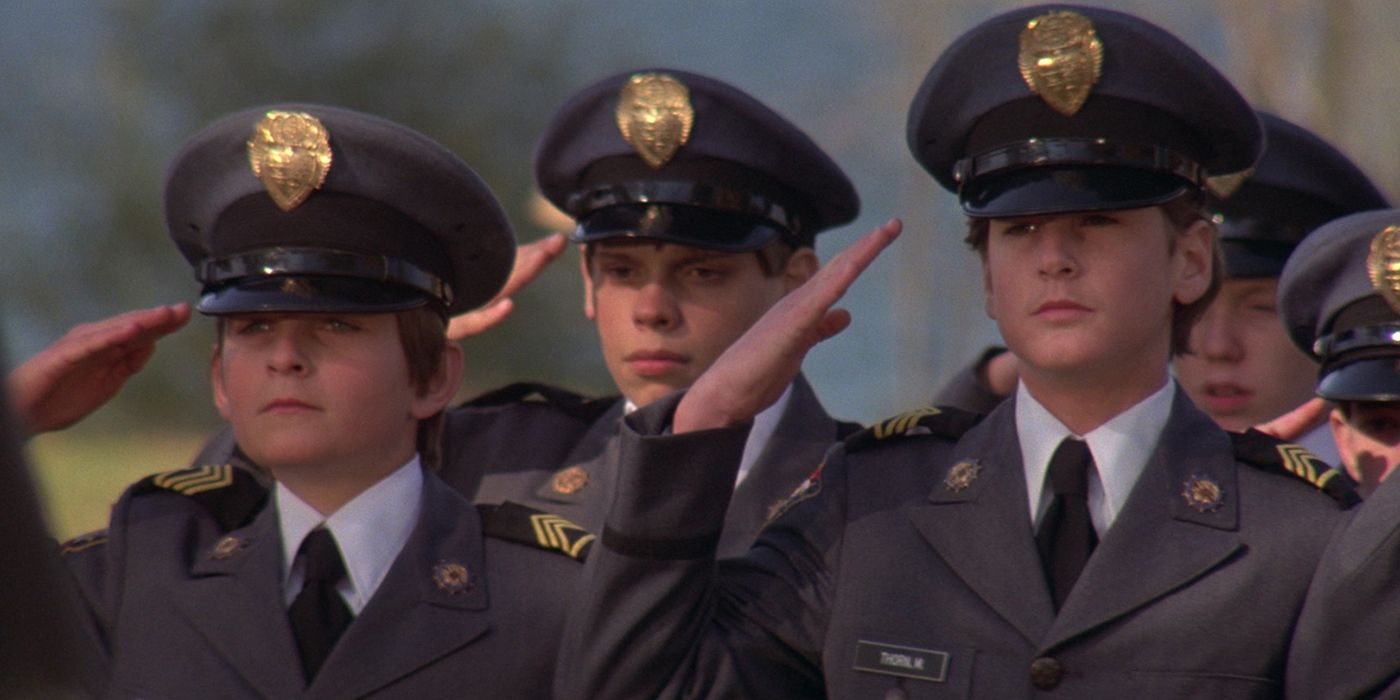
Richard Donner’s The Omen wasn’t just a series of jump scares playing on religious imagery and revolving around an evil little boy. It was smarter and more thoughtful than that. Its sequel, on the other hand, doesn’t have that layer of complexity to elevate it above cheap, shock-driven horror.
Donner didn’t return to helm the second film as he was busy shooting Superman: The Movie, and his signature directorial flair is sorely missed.
4 Best: Suspiria (1977)
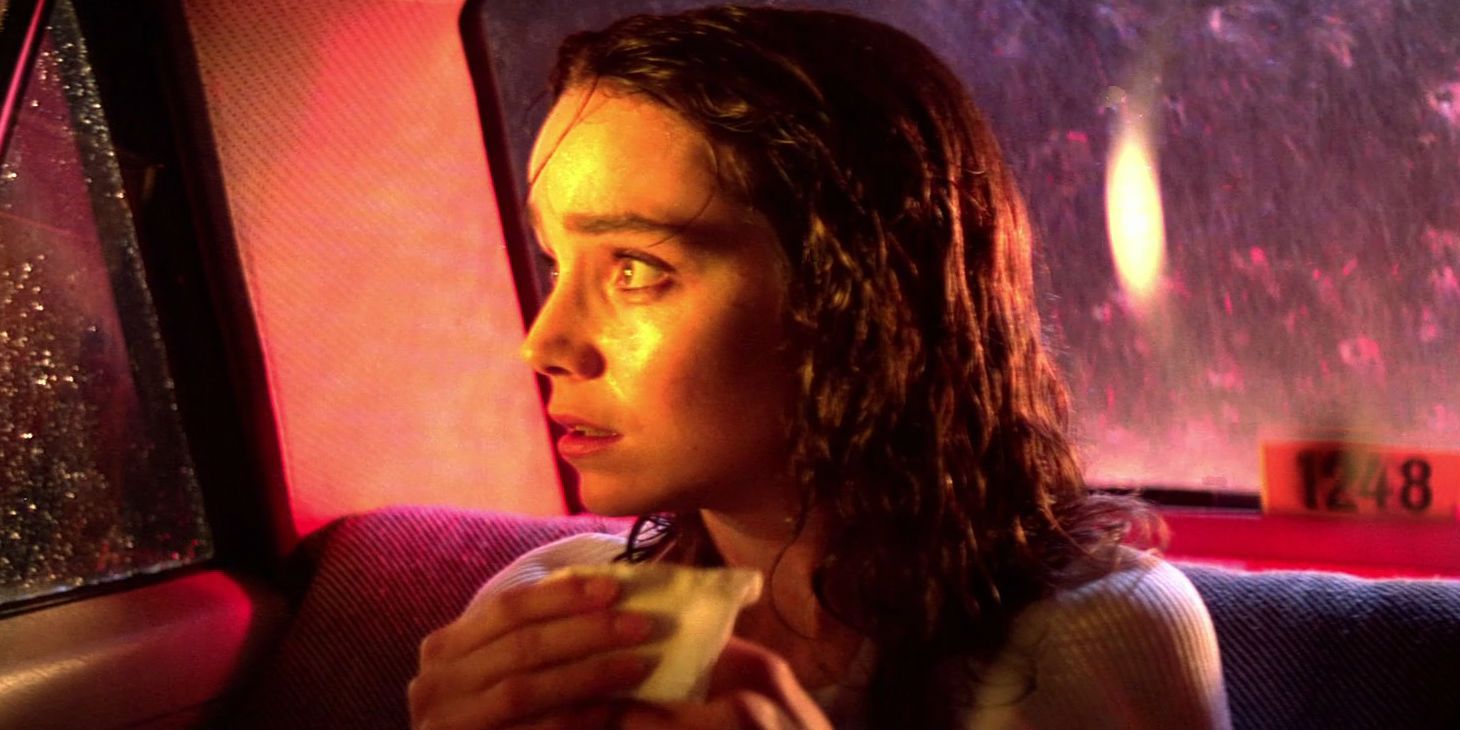
Dario Argento’s Suspiria is one of the cornerstones of the horror genre. Its use of unsettling imagery to dive into the darkest abyss of the human psyche is a prime example of what makes this genre so uniquely challenging.
Moviegoers flock to horror films to be unnerved and drawn to the edge of their seats, and Argento nailed this kind of instinctive audience reaction with the chilling genius of Suspiria.
3 Worst: The Bat People (1974)
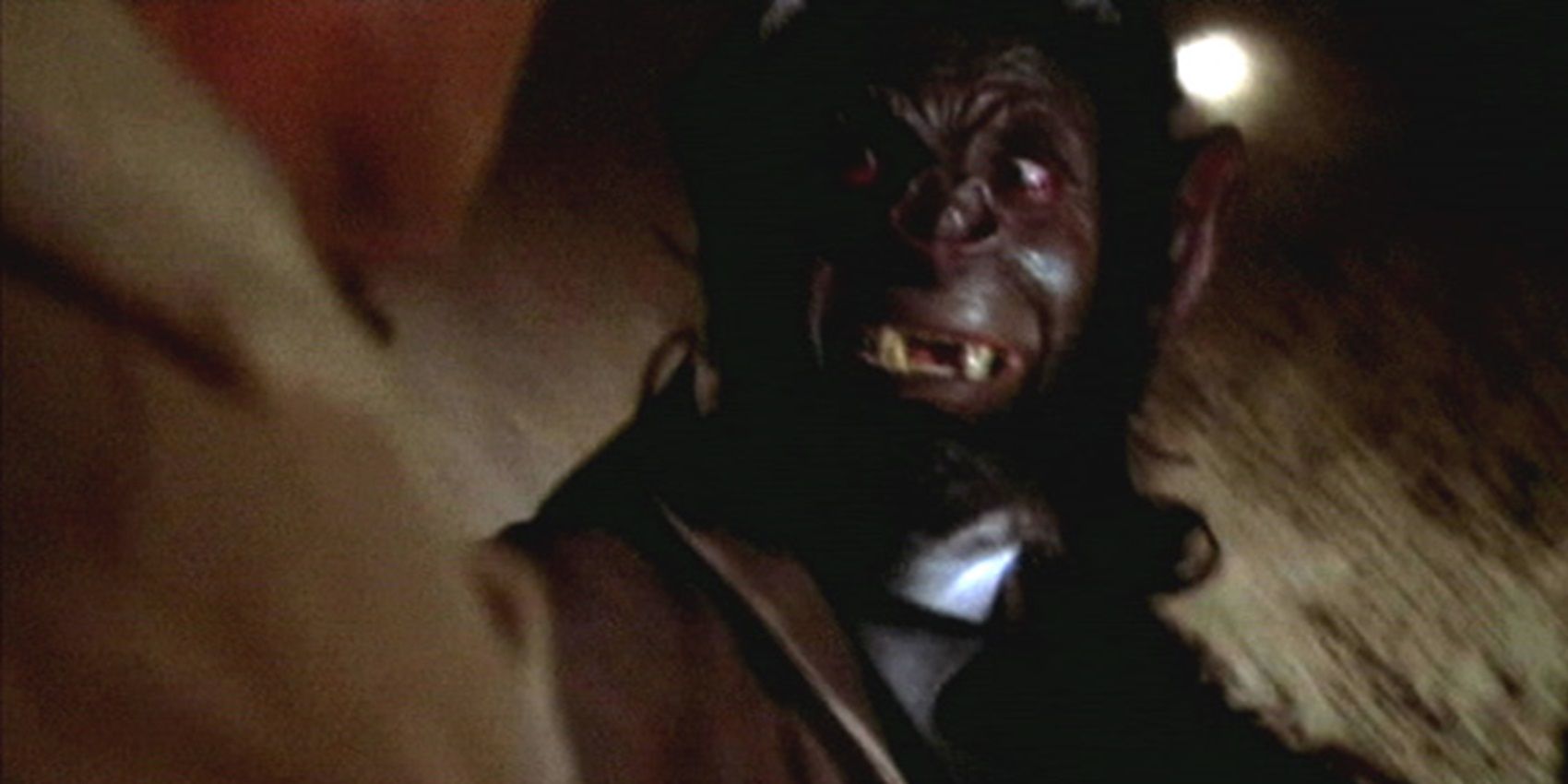
The great thing about ‘70s horror cinema is that it was so unabashedly weird. The Bat People squanders an absurd premise about a honeymooning scientist being turned into a bloodthirsty maniac by a mutant bat with a movie that’s so bad that it was covered by Mystery Science Theater 3000.
There’s so much potential in its drive-in B-movie premise, but director Jerry Jameson lets it down with a painfully slow pace. The movie never really takes flight.
2 Best: Jaws (1975)
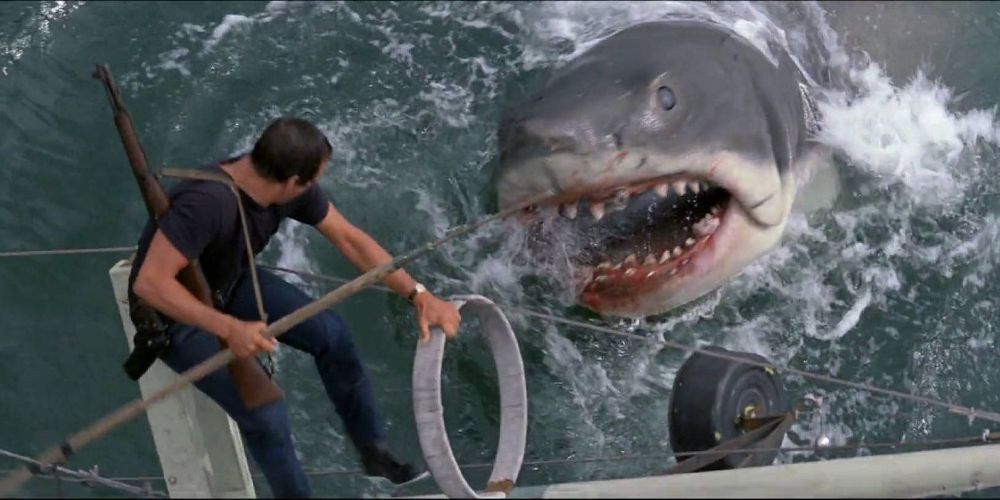
Steven Spielberg’s Jaws changed the film industry forever. It created the summer blockbuster. It’s the reason why Hollywood studios cram a ton of high-concept crowd-pleasers into multiplexes over the summer season.
With its everyman protagonist Chief Brody, pitch-perfect story structure, iconic suspense-building score by John Williams, and Hitchcockian restraint in depicting the shark, Jaws is a virtually unparalleled masterpiece of horror cinema.
1 Worst: Jaws 2 (1978)
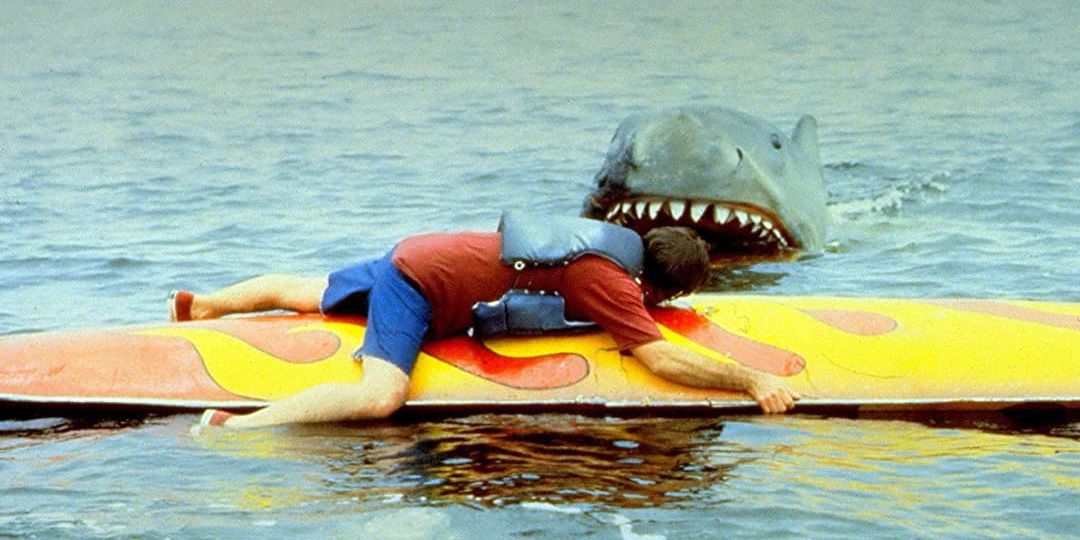
Although it touts a brilliant poster tagline and it’s easily the best of the Jaws sequels, Jaws 2 is not a good movie. Following the impeccable craft and searing social commentary of the original, the sequel was depressingly shallow.
Steven Spielberg’s idea for a Jaws follow-up was a prequel telling the story of the shark-infested U.S.S. Indianapolis shipwreck that Quint told in the first movie. This would’ve been a lot more interesting than what we got, which follows the grand sequel tradition of shamelessly rehashing the original with diminishing returns.
from ScreenRant - Feed https://ift.tt/3djjUR7
via Whole story

Post a Comment